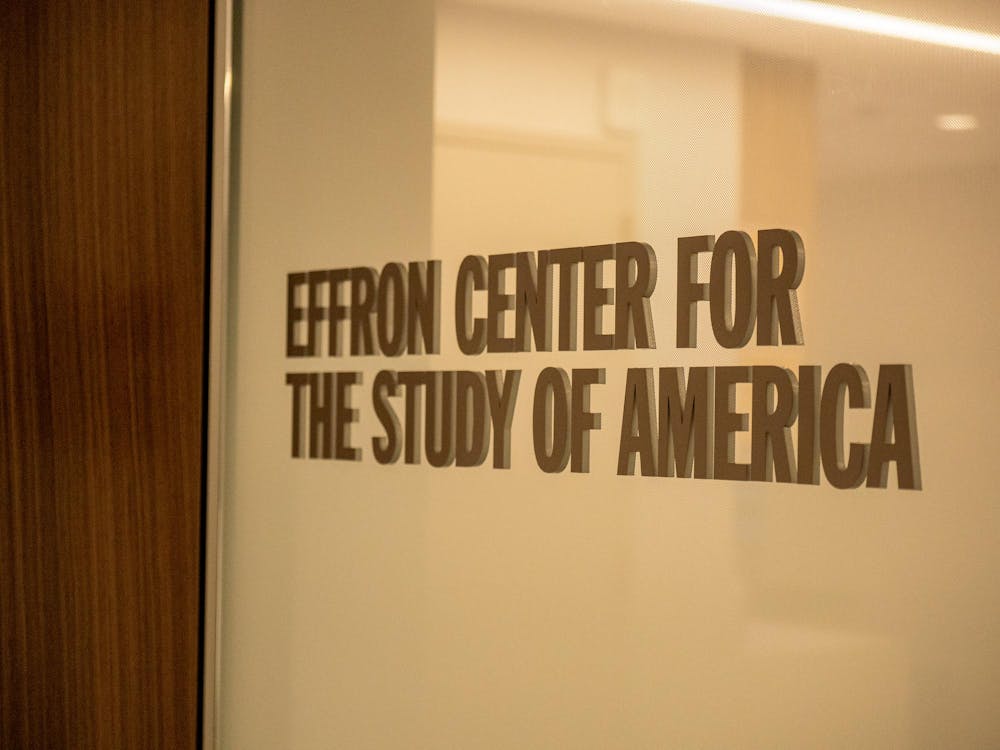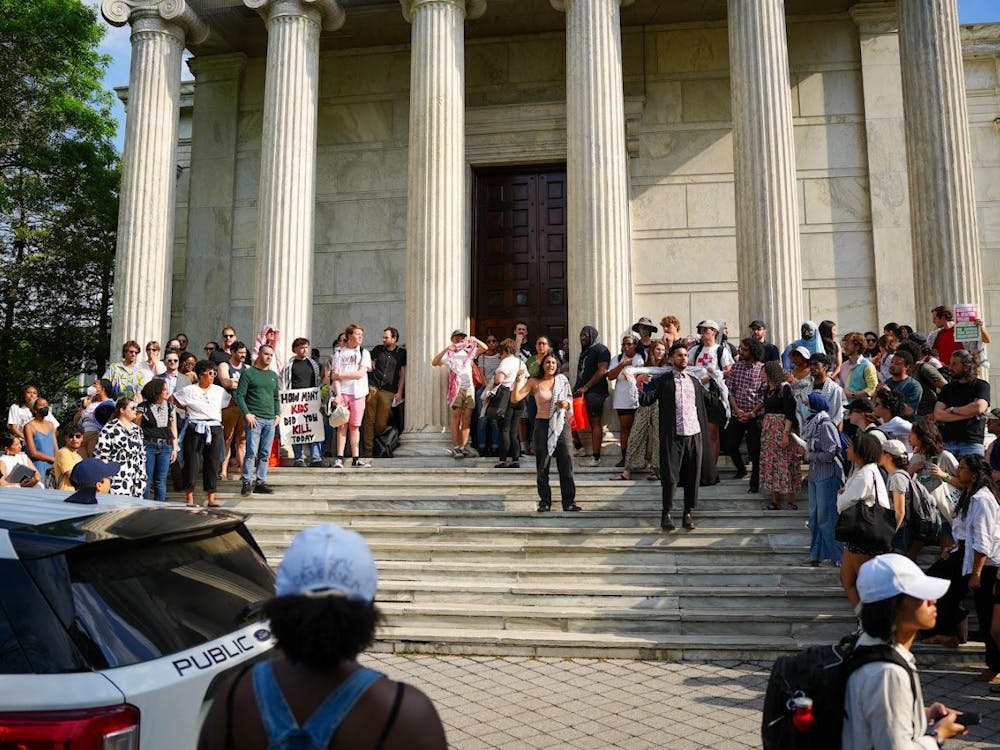Mr. President … again. In an upset for the political establishment of both parties as is now eminently clear, Donald Trump bested Hillary Clinton in the Electoral College. Yet, there needs to be a wake for something other than the now-dead campaign of Hillary Clinton.
I mourn the loss of the self-aware critique leveled at the culture of assumed correctness in American liberalism. What was so eloquently brought up in a protracted critique of the American Left’s culture by Emmett Rensin earlier this election season seems to have disappeared from liberal political discourse. Rensin cuttingly drew a picture of the culture of the American Left that believes in the “Good Facts” that reinforce their views. He highlights the condescension of seeing the “fools out in Kansas” and the rest of rural America as voting Republican (and ostensibly against their own self-interest) purely out of ignorance. Following the 2016 election season, it seems that this disconnect with rural America played into a disastrous result for the Democratic Party.
Amid the ridiculousness of the 2016 presidential campaign, the realization of the disconnect between party elites and the average person was brought to the fore in the primaries, and reared its head with frightful success in the general election. However, the disdain and divide felt between rural America and mainstream politics was not isolated to the Democratic Party alone. Perhaps the greatest show of disagreement between party elites and the base was the spat between fervent Trump supporters and the “Never Trump” movement within the conservative elite.
Nevertheless, some things were business-as-usual in this election cycle. The Right capitalized on the myth of the small government proponent and Washington outsider virtue, as the Left did to rallying cries against bigotry. Indeed, the typical tropes were flung in their usual reductive manner and strongly reinforced the stereotypes of each party. The brief counterpoint to all this was the populist vein Bernie Sanders stirred in the Left. But after Hillary’s nomination, Sanders became just a blip in the mainstream party’s narrative.
With the election over, pushing Hillary Clinton into the history book of also-rans leaves a sinking feeling in my gut: the smug Democrats still think themselves right. Hillary won the popular vote, after all. This notion that Hillary and the mainstream Left really did win allows for dangerous self-reinforcing biases to take hold. It is tempting to continue to believe that a demagogue like Trump could never actually win, to believe that only a “deplorable” in the middle of the country would have voted for Trump, and to believe that Clinton’s victory was assured because of her merit or some other disingenuous notion of the Democratic party platform being objectively “right.”
It is much easier to see the Trump phenomenon as more of a passing storm than a climactic change. How the trumping of today reflects the ongoing crisis of American liberalism is worrisome. The mainstream Democratic Party has lost the trust and vote of the common person. Both Sanders and Trump tapped into this impulse of discontent in the Rust Belt and middle America. In each case, the unorthodoxy and success of both candidates was fostered by the alienating culture of presumed correctness in the mainstream Democratic Party. Neither Trump nor Sanders talked down to their base. Each presented a starkly different vision for America, but each also gave hope and a way forward for Americans who felt, arguably justifiably, left behind by the brand of globalized neoliberalism and technological automation of the past few decades.
This economic hope and way forward was not a promise coming down from on high. It was a promise from someone who felt like an equal. There was no way that a Clinton worth tens of millions of dollars, an insider from the political elite of Washington and Wall Street, could effectively rally this group of people. Regardless of whether Clinton really might have been a “progressive who can get things done,” almost half of America did not see her or the mainstream Democratic Party that way.
The smug liberals and the rest of America live in alternate realities. That dichotomy brings me unease. It is simple to dismiss that other reality from our own privileged day-to-day existence here in our Orange Bubble. One needs only to look to our own campus' reaction to the Nassau Street Trump supporter to see the smugness so endemic to our own tiny bastion of the liberal elite. But how can the Left move forward from the current paradigm of liberal culture when the facts that drive political belief, which have not changed because of a single election, are still on its side?
The Left must realize that it is systemically broken. The average voter, regardless of party, holds no expertise in public policy, does not understand the way the U.S. Constitution works, and is not informed about what they're exactly voting for in a candidate, and that is okay. They know how they feel, how they want to feel, and who makes them feel that way. The problem here arises when the political elite lose touch with the average voter, and open up the possibility of dangerous incompetence, illiberal demagoguery, and ludicrous policy, as we see with Trump. The result we see is the modern Andrew Jackson. It may seem evident then that the need for change in liberal political culture is dire.
If Democrats double down on the current status quo of mainstream smug liberalism, 2020 will be as much of a failure for the Left as 2016 was. It must be noted that the Democratic Party is not on a straight trajectory to maintain the more poisonous aspects of its culture. The primaries did offer a glimmer of hope for a change in the liberal climate. Clinton, the embodiment of smug mainstream liberalism, reached towards the popular impulse of Sanders. After all, she and the Democratic Party did adopt a number of his talking points in their platform. Unfortunately, that wasn’t enough.
Thankfully some players in the Democratic Party do gracefully walk the line between populist and mainstream liberal impulses. In doing so, they defy the nature of smug liberal orthodoxy. Kamala Harris, the freshman senator from California, comes to mind. Her positions on education tap into a Sanders-style populism that would terrify most centrists, but her technocratic record would happily satisfy the smuggest of liberals.
However, none of these glimmers will mean anything if the mainstream Democrats stagnate in disbelief that they lost. Nor will the the optimism the Sanders movement brought to the party last if the Not So Smug Left does not continue to back candidates like Sanders and Harris. The Sanders impulse needs to continue to move forward beyond this election season and purposefully push its discontent with the status quo.

But this alone cannot bridge the divide in the left over Democratic smugness. While Democrats must fight to protect the people who may be harmed by a Trump presidency, the party leadership must work on a populist progressive agenda. The new party must reach out to the people whom the old Democrats have lost.
To repair the Democratic Party, the base needs to agitate, but the leadership must also meet the common person halfway. The smug style cannot be the only style on the Left. The future of our country and the Democratic Party require it.
Ryan Chavez is a sophomore at Princeton University and can be reached at rdchavez@princeton.edu.








